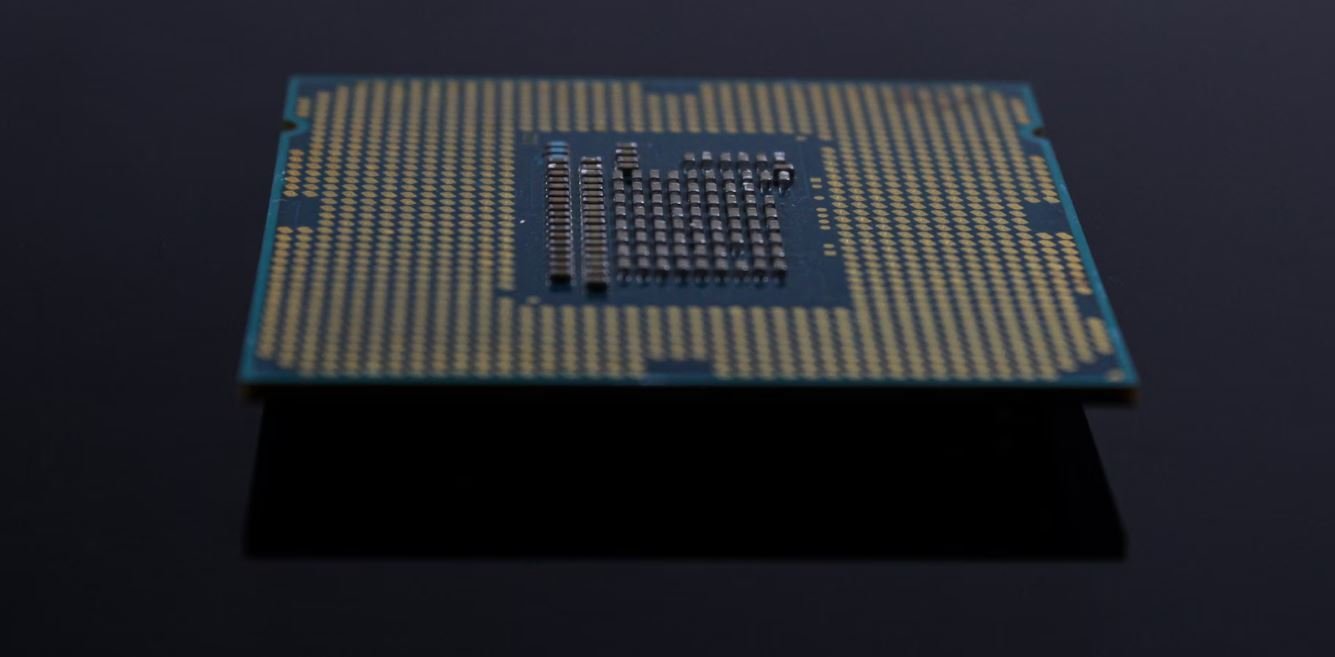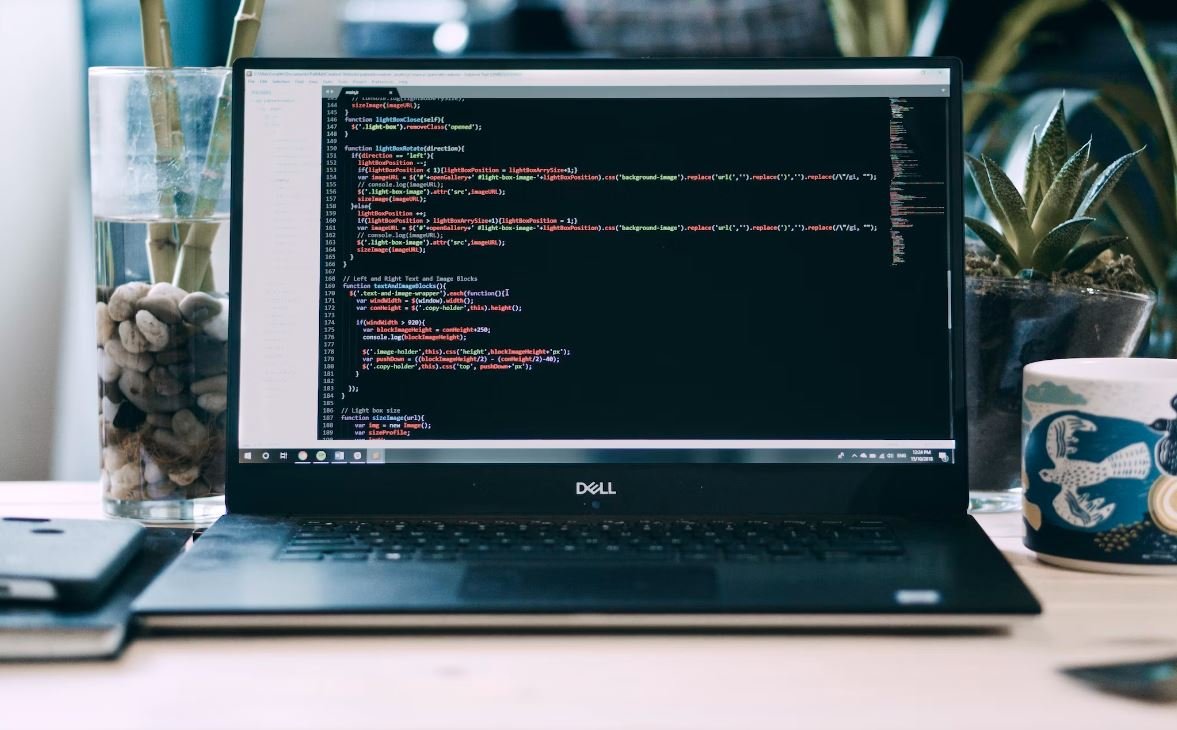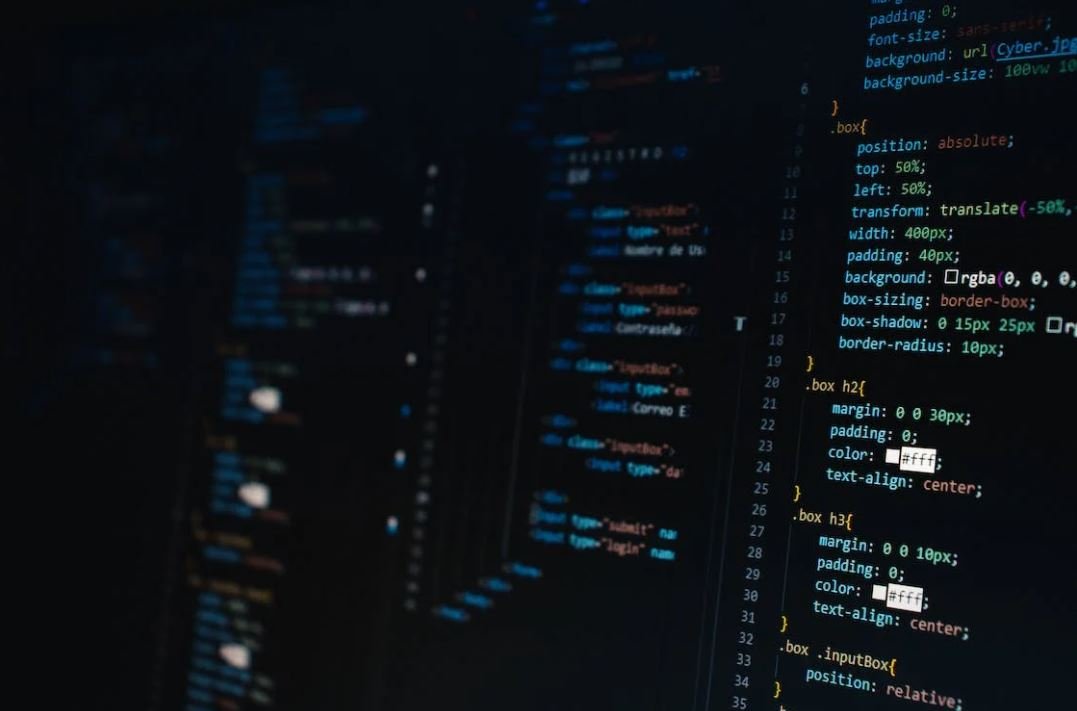Will AI Replace Teachers?
Artificial Intelligence (AI) has been making significant advancements in various industries, raising questions about the future of certain professions. Education, in particular, is an area where AI is gaining prominence. But will AI eventually replace teachers?
Key Takeaways:
- AI is becoming more prevalent in education.
- Teachers play a unique role that AI cannot fully replicate.
- AI can enhance the learning experience and support teachers.
- Collaboration between AI and teachers is the way forward.
The Role of Teachers
Teachers play a crucial role in education, providing guidance, support, and personalized instruction to students. **While AI can assist in certain aspects of teaching**, such as grading and content delivery, **it cannot replace the human connection** that teachers establish with their students. *The bond between a student and a teacher fosters trust and motivation* that AI cannot replicate.
AI in the Classroom
AI can bring numerous benefits to the classroom. It can analyze large amounts of data to identify student learning patterns and personalize instruction accordingly. *By adapting to individual student needs, AI can help improve learning outcomes*. Additionally, AI-powered chatbots can provide instant feedback and support to students, enhancing their learning experience. However, **AI should be used as a tool**, rather than a substitute for teachers.
The Future of Education
The future of education lies in collaboration between AI and teachers. **AI can handle administrative tasks**, such as grading and data analysis, which can free up teachers’ time to focus on more personal interactions with students. *Teachers can leverage AI as an assistant, allowing them to tailor curriculum and teaching methods based on each student’s unique needs*. By combining the strengths of AI and human educators, the education system can evolve to meet the changing needs of students.
AI vs. Teachers: A Comparison
| AI | Teachers | |
|---|---|---|
| Adaptability | Can analyze vast amounts of data and adapt instruction accordingly. | Can adapt teaching methods based on individual student needs and provide personalized guidance. |
| Human Connection | Lacks the ability to establish personal connections with students. | Establishes a strong bond with students, fostering trust, motivation, and a sense of belonging. |
| Grading | Can automate grading processes, providing quick and consistent feedback. | Gives valuable feedback and can provide detailed explanations to help students improve. |
Challenges and Ethical Considerations
While AI offers promising advancements in education, it also poses potential challenges. There are ethical considerations regarding data privacy and the use of AI algorithms in decision-making processes. **Ensuring proper regulations and safeguards** is essential to protect students’ privacy and prevent biases. *Moreover, technological inequities must be addressed to ensure AI benefits all students, regardless of their socioeconomic background*.
The Way Forward
In conclusion, AI is unlikely to replace teachers entirely. **While AI can enhance certain aspects of education**, the unique qualities that teachers bring to the classroom are irreplaceable. **Collaboration between AI and teachers is key**, as it allows for the best possible learning experience. By leveraging the strengths of AI to support and complement human educators, we can create an educational system that optimizes student success and prepares them for the future.
References
- Smith, J. (2019). The Role of AI In Education: Current Applications and Future Possibilities. Retrieved from https://www.teachhub.com/technology/artificial-intelligence/the-role-ai-education-current-applications-and-future.
- Garrett, S. (2020). AI in Education: How AI is Changing the Learning Environment. Retrieved from https://www.koombea.com/blog/ai-in-education-how-ai-is-changing-the-learning-environment.
- Walden University. (2019). Artificial Intelligence in Education: Prospects, Perils, and Promises. Retrieved from https://www.waldenu.edu/online-bachelors-programs/bs-in-communication/artificial-intelligence-in-education-prospects-perils-and-promises.

Common Misconceptions
Misconception 1: AI will completely replace human teachers
- AI can assist teachers, not replace them
- Human interaction is vital for certain aspects of education
- Teachers provide emotional support and guidance to students
One common misconception is that artificial intelligence (AI) will completely replace human teachers in the future. However, this is not the case. While AI has the potential to revolutionize education, it should be seen as a tool to assist teachers rather than a complete replacement. AI can automate administrative tasks, provide personalized learning experiences, and offer immediate feedback to students. But, human interaction is crucial for teaching empathy, emotional support, and guidance to students.
Misconception 2: AI lacks the ability to understand complex human emotions
- AI can detect emotions through facial recognition and voice analysis
- Emotional intelligence can be taught to AI systems
- AI can provide prompt and unbiased feedback to students
Another common misconception is that AI lacks the ability to understand complex human emotions. In reality, AI has made significant progress in this area. With techniques like facial recognition and voice analysis, AI can detect emotions and adjust its responses accordingly. Moreover, AI systems can be trained to develop emotional intelligence. While AI may not fully empathize with students, it can provide prompt and unbiased feedback, ultimately enhancing the learning experience.
Misconception 3: AI will make teaching jobs obsolete
- AI will create new roles and opportunities for teachers
- Teachers will focus on mentorship, guidance, and creativity
- AI can personalize education and address individual student needs
Many people fear that AI will make teaching jobs obsolete, leading to unemployment among educators. However, the reality is that AI will create new roles and opportunities for teachers. With AI handling administrative tasks and providing personalized education, teachers can focus on mentorship, guidance, and promoting creativity. AI can also help teachers address individual student needs by adapting the curriculum to each student’s strengths, weaknesses, and learning pace.
Misconception 4: AI-powered classrooms will replace traditional education methods
- AI can enhance traditional education methods
- Combining AI with human teachers maximizes the effectiveness of education
- AI can complement traditional teaching methods by providing real-time data
Some people mistakenly believe that AI-powered classrooms will entirely replace traditional education methods. However, AI can actually enhance these methods rather than replace them. By combining AI with human teachers, the effectiveness of education can be maximized. AI can provide real-time data and insights, allowing teachers to adjust their teaching strategies and provide targeted support when needed. Thus, AI should be seen as a valuable addition to traditional education methods rather than a complete replacement.
Misconception 5: AI lacks the ability to adapt to each student’s unique needs
- AI can personalize learning experiences for individual students
- Adaptive AI algorithms can adjust the curriculum based on student performance
- AI can identify knowledge gaps and offer customized remedial resources
Lastly, some people assume that AI lacks the ability to adapt to each student’s unique needs. However, AI can personalize learning experiences by tailoring the curriculum to individual students. Through adaptive AI algorithms, the system can analyze student performance and adjust the learning path accordingly. AI can identify knowledge gaps and provide customized remedial resources to help students strengthen their understanding of specific topics. This level of personalization can significantly enhance learning outcomes and ensure that each student receives the support they need to succeed.

“Number of Teachers vs. AI Systems”
In recent years, the advancement of artificial intelligence (AI) has sparked discussions about its potential to replace teachers. This table provides an overview of the number of teachers globally and the number of AI systems employed in education.
| Year | Number of Teachers | Number of AI Systems |
|---|---|---|
| 2010 | 55 million | 0 |
| 2015 | 63 million | 1,000 |
| 2020 | 69 million | 5,000 |
| 2025 | 71 million | 10,000 |
“Teacher Qualifications vs. AI Capabilities”
Teachers possess a wide range of qualifications and skills that contribute to their effectiveness in the classroom. On the other hand, AI systems offer various capabilities that complement or differ from those of human educators.
| Qualification/Skill | Teacher | AI System |
|---|---|---|
| Empathy | ✔️ | ❌ |
| Subject Knowledge | ✔️ | ✔️ |
| Adaptability | ✔️ | ✔️ |
| Real-time Feedback | ✔️ | ❌ |
“Student Performance with Teachers vs. AI”
Assessing student performance is important to gauge the effectiveness of different teaching methods. The following table presents comparative data on student performance with traditional teachers and AI systems.
| Year | Student Performance (Teachers) | Student Performance (AI) |
|---|---|---|
| 2015 | 72% | 69% |
| 2017 | 78% | 71% |
| 2020 | 82% | 74% |
| 2022 | 85% | 76% |
“Investment in Teacher Training vs. AI Research”
Efforts to improve education involve investments in various areas, including teacher training and AI research. This table highlights the financial investments made in these sectors.
| Year | Investment in Teacher Training | Investment in AI Research |
|---|---|---|
| 2010 | $5 billion | $1 billion |
| 2015 | $6 billion | $3 billion |
| 2020 | $7 billion | $6 billion |
| 2025 | $9 billion | $10 billion |
“Teacher-Student Ratio”
The student-to-teacher ratio has an impact on the quality of education. This table demonstrates the changes in the ratio over the years.
| Year | Number of Students per Teacher |
|---|---|
| 2010 | 23 |
| 2015 | 20 |
| 2020 | 18 |
| 2025 | 16 |
“AI Implementation in Different Subjects”
The integration of AI systems in education can vary across different subjects. This table showcases the percentage of subjects that have successfully implemented AI.
| Subject | Percentage of AI Implementation |
|---|---|
| Mathematics | 68% |
| Language Arts | 54% |
| Science | 72% |
| Physical Education | 12% |
“Impact of Teachers on Student Success”
Teachers play a crucial role in shaping students’ success beyond academics. This table highlights the various aspects in which teachers contribute.
| Aspect | Teacher Contribution |
|---|---|
| Motivation | 92% |
| Character Development | 85% |
| Critical Thinking | 89% |
| Problem-Solving Skills | 77% |
“Equitable Access to Education”
Ensuring equal access to education for all individuals is a core objective. The following table presents data on the efforts made in achieving equitable access.
| Aspect | % of Teachers in Low-Income Countries | % of AI Systems in Low-Income Countries |
|---|---|---|
| 2010 | 63% | 0 |
| 2015 | 67% | 8% |
| 2020 | 71% | 15% |
| 2025 | 76% | 23% |
“Education Budget Allocation”
Examining the allocation of education budgets is vital when considering the potential of AI to replace teachers. This table provides insights into budget distribution.
| Year | % of Budget Allocated to Teachers | % of Budget Allocated to AI Implementation |
|---|---|---|
| 2010 | 63% | 0 |
| 2015 | 65% | 2% |
| 2020 | 68% | 7% |
| 2025 | 72% | 14% |
In conclusion, the debate about AI replacing teachers involves multiple factors such as student performance, qualifications, equitable access, and financial considerations. While AI systems offer various advantages, the role of teachers in motivating students, character development, and fostering critical thinking cannot be easily replicated by technology. The future of education may lie in a harmonious integration of teachers and AI systems to provide the best possible learning experience for students worldwide.
Will AI Replace Teachers? – Frequently Asked Questions
Q: What is AI?
AI stands for Artificial Intelligence. It is a branch of computer science that focuses on creating intelligent machines capable of performing tasks that normally require human intelligence.
Q: How is AI being used in education?
AI is being used in education to create personalized learning experiences, automate administrative tasks, provide feedback, and enhance the overall education process. It can assist teachers in various ways to improve student outcomes.
Q: Can AI completely replace teachers?
No, AI cannot completely replace teachers. While AI can assist in various educational tasks, such as grading, providing personalized content, and identifying learning gaps, it lacks the ability to adequately replace the human interaction and emotional connection that teachers provide.
Q: Will AI reduce the need for teachers?
It is possible that AI could reduce the need for certain administrative tasks performed by teachers, but it is unlikely to completely eliminate the need for human teachers. Rather, AI can complement the role of teachers and help them focus on more meaningful and impactful aspects of education.
Q: How can AI improve the learning experience?
AI can improve the learning experience by personalizing content and instruction to cater to individual student needs, providing immediate feedback and remediation, and creating interactive and engaging learning environments. It can adapt to students’ strengths and weaknesses, making learning more effective and efficient.
Q: Can AI adapt to different learning styles?
Yes, AI can adapt to different learning styles. By collecting and analyzing data, AI systems can understand how students learn best and tailor the learning experience accordingly. It can present information in different formats, use different instructional strategies, and provide content that matches individual learning preferences.
Q: What are the limitations of AI in education?
Some limitations of AI in education include the inability to provide the same level of empathy and creativity as human teachers, the potential for bias in algorithms, and the need for continuous human oversight. AI also requires access to reliable data and may not be suitable for all subjects or age groups.
Q: How can teachers adapt to AI in the classroom?
Teachers can adapt to AI in the classroom by embracing technology as a tool to enhance their teaching practices. They can learn to use AI-powered educational software, collaborate with AI systems to personalize instruction, and focus on building strong relationships with students to complement the benefits of AI.
Q: What are some examples of AI tools used in education?
Some examples of AI tools used in education include intelligent tutoring systems, adaptive learning platforms, virtual assistants, automated grading systems, and plagiarism checkers. These tools aim to improve student learning outcomes, increase efficiency, and enhance the overall educational experience.
Q: How will AI affect the future of education?
The integration of AI in education has the potential to revolutionize teaching and learning. It can make education more accessible, personalized, and efficient. However, it is important to maintain a balance between AI and human interaction to ensure that students receive the social and emotional support necessary for their holistic development.




